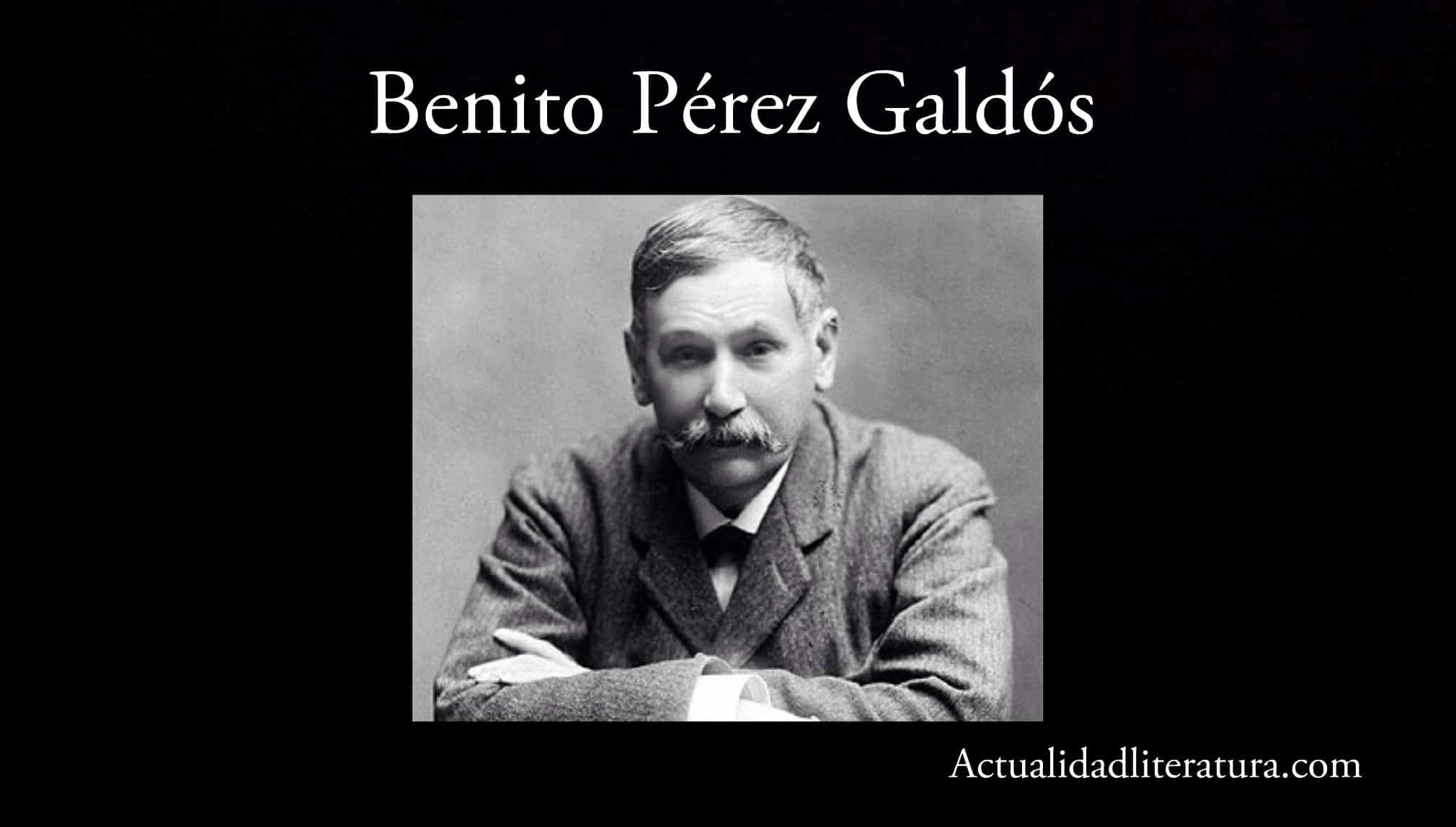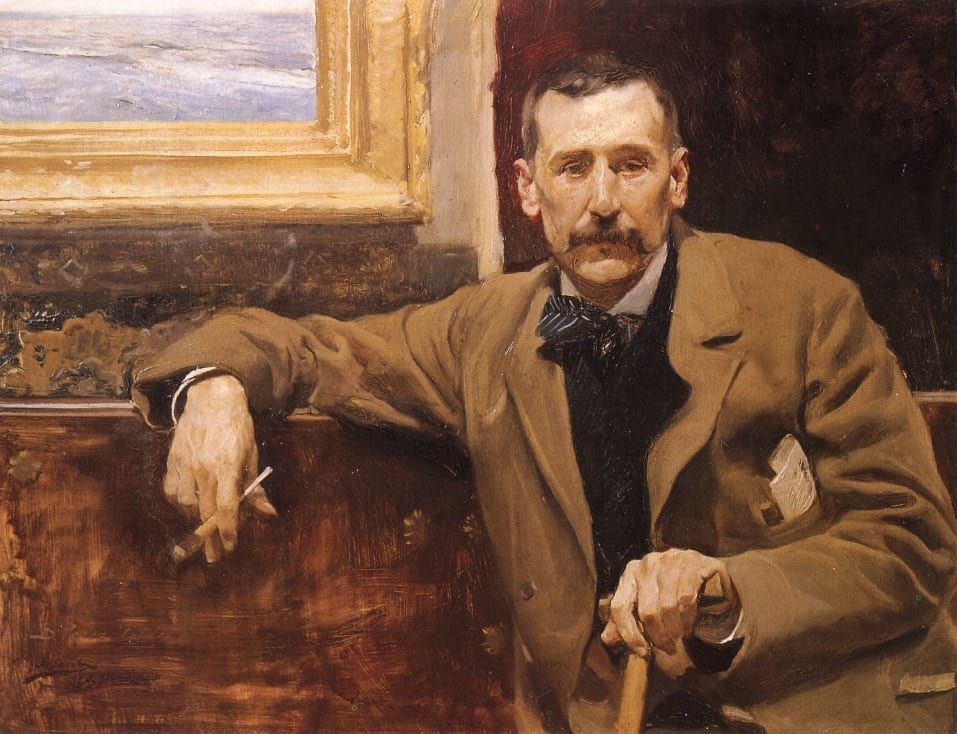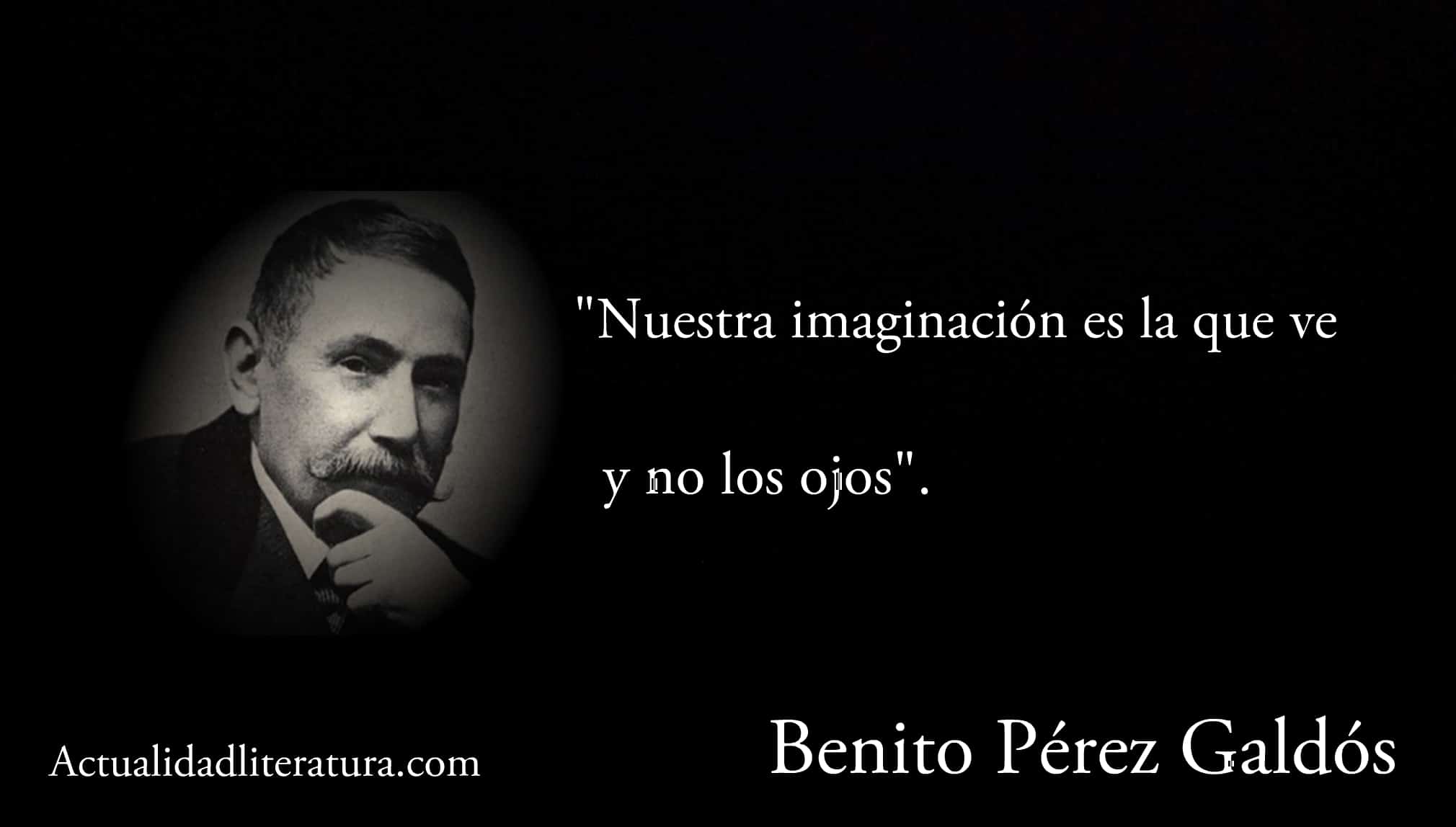
Marianela.
Marianela (1878) is one of the most important works of the Spanish author Benito Pérez Galdós (1843 - 1920). The piece stands out for the ability of this writer in the creation of female characters, a trait praised by historians and academics who have dedicated themselves to studying him. The psychological depth of the book's protagonist screams this quality of the writer. This title was one of his last thesis novels, predecessors of the contemporary cycle of the Spanish author.
Always direct, realistic, ironic, thoughtful and with classically inspired dialogues, Marianela it reflects all the characteristic lines of a man of letters with an immeasurable legacy. Not surprisingly, Galdós was a member of the Royal Academy since 1898 and a candidate for the Nobel Prize for Literature in 1912. Currently, he is recognized as the greatest writer in the Spanish language, after Cervantes.
The author
Baptized under the name of Benito María de los Dolores Pérez Galdós, he was born on May 10, 1843, in Las Palmas de Gran Canaria, Spain. Although at different stages of his life he stood out as a politician, playwright and chronicler, writing was the facet in which he really had significance. For his work became an emblem of the XNUMXth century Spanish realist novel.
Childhood and adolescence
Benito was part of a very large family. He was the tenth child of the marriage between Colonel Sebastián Pérez Macías and Dolores Galdós Medina. From an early age his father made him fond of historical stories and he narrated endless military anecdotes in which he himself had fought.
He studied basic studies at the Colegio San Agustín in his hometown, an institution with a pioneering pedagogy in its time. During his adolescence he collaborated (through essays, satirical poems and stories) with the local newspaper, The bus. In 1862 he graduated with a Bachelor of Arts at the La Laguna Institute in Tenerife.
Literary influences, first publications
In September 1862 he moved to Madrid and enrolled in the university to study law. Although, in the words of Galdós himself in Memories of a forgetful (1915), was a scattered student, prone to absences. In the capital He was a regular at the "Canarian gathering" and at the lectures at the Athenaeum, where he met his long-standing friend, Leopoldo Alas, Clarín.
Likewise, in the Fornos and Suizo cafes the young Galdós he exchanged ideas with intellectuals and artists of that time. Among them, Francisco Giner de los Ríos —Founder of the Institución de Libre Enseñanza— encouraged him to write and introduced him to Krausism, a trend present in his subsequent publications.
Journalistic works, trips abroad and first publications
From 1865 he began to write for media such as La Nación, The debate y The Journal of the European Intellectual Movement. Two years later he made his first trip to Paris as a correspondent at the World's Fair. On his return he explored works by Balzac and Dickens, from the latter he translated The Posthumous Papers of the Pinwick Club (published in La Nación).

Benito Perez Galdos.
Upon returning from his second trip abroad in 1868, he worked on informative chronicles about the establishment of the new Constitution after the overthrow of Elizabeth II. His first novel, The Golden Fountain (1870), would be the preamble to Trafalgar (1873) the first book of National Episodes. With this series, he went down in the history of Spanish letters as "the chronicler of Spain."

Galdós's work
Galdós is one of the most prolific writers in history in the Spanish language. Only the National Episodes (1873 - 1912) cover 46 deliveries, published in five series of ten volumes each. In total, the Canarian intellectual completed almost a hundred novels, exceeded twenty theatrical works, as well as essays, stories and various works.
Throughout its trajectory it evolved through different cycles or literary sub-genres (in each of them it left great titles), it is about:
- Thesis novels (1870 - 1878). 7 novels; among the most renowned are Perfect lady (1876) and Marianela.
- Contemporary novels - cycle of matter (1881 - 1889). 11 novels; standing out among them Doctor Centeno y Fortunata and Jacinta (1886-87).
- Contemporary novels - spiritualist cycle (1890 - 1905). 11 novels; being Mercy (1987) the most acclaimed among those.
- Mythological novels (1909 and 1915). 2 novels.
Features
In Galdós's work, the realistic aesthetic postulates derived from a direct and natural style are evident, essentially in the dialogues of classical inspiration. Equally, his (mostly) colloquial language admits some passages with cultured phrases, in the middle of narratives that leave room for humor and irony.
Moreover, the firm position against the clergy appears to a greater or lesser extent within the writings of Galdós. In fact, this line of thought earned him the animosity of conservative Catholic sectors, who managed to successfully sabotage his nomination for the Nobel Prize.
Marianela and the depth of the characters
The third-person narrator accentuates the psychological interest around each of the members of the work. In particular, Galdós's women reflect the beauty and complexity of the world, in contexts that always put the integrity and honesty of each person to the test. In this regard, the protagonist of Marianela embodies love and naturalism (in an unattractive but big-hearted girl).
In addition, the objective rapporteur is ideal to convey the writer's thinking about the differences between social classes and the accepted behaviors of the time. In the same way, there is a perfect complement between the qualities of his characters with a meticulous representation of environments and landscapes.
Analysis of Marianela
You can buy the novel here: Marianela
The novel is made up of 22 chapters, whose titles denote Galdós' picaresque style (which made his stories very popular). For example, "VII: More nonsense"; "VII: The nonsense continues" ... Together, the general structure of the text is divided into introduction, middle, resolution and epilogue.
Synopsis
The novel begins with a description of the landscapes on the way to Socrates' excavations, near Aldercoba, in northern Spain. There, Teodoro Golfín - a doctor specialized in eyes - went around the place in search of his brother Carlos, in charge of the mines. He arrived without getting lost thanks to Pablo, a guide who, despite being blind, described the landscape in detail.

Quote by Benito Pérez Galdós.
Pablo knew the place so well thanks to his guide, Nela, a 16-year-old orphan With childish appearance of very kind character. She had had a very miserable life and was poorly fed in the past. At that time she was taken in by the Centeno family. Even so, during the last months she was very happy with her beloved Pablo, with whom she toured the field every afternoon.
Development
Don Francisco Penaguilas, Pablo's father has always sought comforts and the best education for his son, who was reciprocal with the feelings of Marianela (Nela). Despite this, she was afraid when she learned about the (distant) hope that Pablo's eyes could heal after an intervention by Dr. Golfín. Then, Francisco told him the news his brother Don Manuel Penáguilas.
The latter promised that if the operation was successful, he would marry his daughter Florentina to her nephew. At the same time, Pablo's intellectual curiosity made him obsessed with the concept of beauty. He was convinced that Nela was the embodiment of beauty, contrary to the perception of the rest. Well, no one doubted Nela's good heart, but they did doubt her weak and ragged appearance.
Nela's Grief
Shortly before the operation, Don Manuel and his daughter Florentina, a very beautiful and kind girl, arrived in town. Anyway, Pablo insisted on wanting to marry Nela. However, the distance between them was inevitable because after the operation, Don Francisco's family was in charge of taking care of Pablo.
Days passed, everyone in town talked about the success of the operation. Pablo could see and his greatest obsession was distinguishing Nela's beauty. But the poor girl feared being rejected and left town with Celipín, the youngest son of the Centeno family. However, Florentina offered Nela a real home with the Penánguilas family and communicated Pablo's wishes to her.
Outcome
Nela declined the kind Florentyna's offer. Depressed, the young woman began to spend her days in the forest until Teodoro found her in very bad condition and forced her to tell him her whole story. After a few days, Florentina was taking care of a weakened and confused Nela at the Penánguilas' home.
An afternoon, Pablo came unexpectedly to visit while Florentina was sewing a dress for Nela. The young man was amazed at the beauty of his cousin and began to praise her. Even Pablo - ignoring the presence of the doctor and "another girl" in the room - said that he had resigned his feelings of love towards Nela and was now excited about a future wedding with Florentina.
Closing
Consumed by pain, precarious life and disenchantment, Nela vanished in a few minutes until she died. Just before, Pablo was able to identify her when he was able to take her by the hand and look into her eyes. "He died of love," said the doctor. In the end, Florentina decided to give her the most beautiful funeral to express her eternal gratitude to Nela.
Some villagers even said, "She looks prettier now" (that she is dead). Anyway, a few months later, everyone in the place had forgotten about Marianela. Only an elderly foreign couple came asking for the tomb of a noble and beautiful woman, Doña Mariquita Manuela Téllez (Nela).